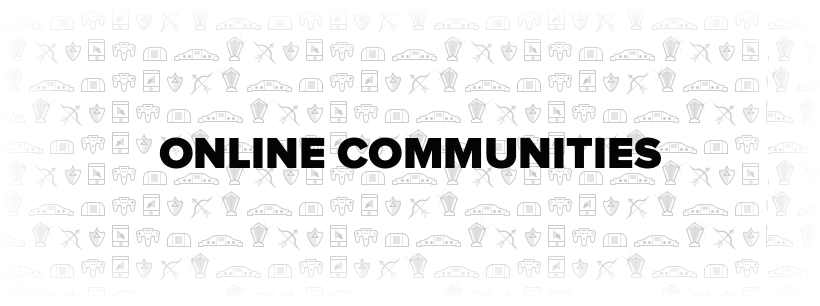
As the UX design department grows at Coveo we start to get enough manpower to actually create stuff before it’s implemented (yep…). One of these concepts is for an online community.
The idea for this project came from an internal initiative to unify the search on our various websites. You’re probably familiar with how great Coveo is at this kind of problem. Basically, it’s what we do. I was tasked to create mockups for this initiative. As I was working on this, another idea came up. We have Coveo staff who are communicating directly with developers. We have online resources (a lot) that are frequently updated. Maybe we could bring all of this together. We talked about it in our meetings with the design team and soon it started consuming me. What if we could go further than only unifying the search? What if we could create a sense of an online community. Not only would people easily get access to the help they need but they could also contribute and bring their own insights on Coveo’s products. Each user would have a real sense of doing something great. My journey began.
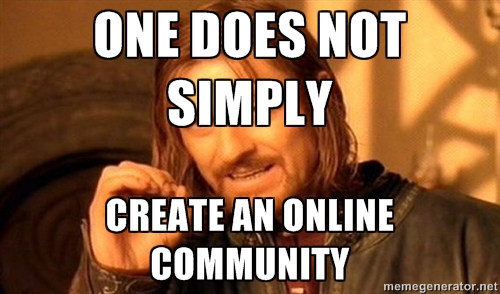

Making an online community is not something you do over 24 hours. It’s something that has to be well thought if you want it to succeed. Those familiar with UX design know that we try to start projects with research to back up our design decisions. This part is especially important considering how big that community project can be. We all have a vague idea of how beneficial an online community can be to a business. Often, vague won’t be good enough for this kind of investment and so my first quest appeared.
Benefits 0/1
Find tangible information on the benefits of an online community
Online Community 0/1
Build an online community
Luckily, this quest wasn’t too hard. A lot of research has been done in regards to online communities. Ridings and Gefen (2004), suggest that a first category of benefits simply come from forming a social group. Easy enough, when you form a social group you can:
- Exchange information
- Give and receive emotional support
- Develop friendships
- Have fun
It makes sense, for most of you, who have friends, you can agree with them.
The second category is related to access to online information. An online community will often have 24/7 access and operation, asynchronous interactions, global geographical reach and, hopefully, some kind of history of what happened in the community. Well, all of our assumptions are confirmed and the idea of an online community looks great for a business like Coveo. But wait, there’s more. Hagel and Armstrong (1997) have also found that online communities are believed to promote customer loyalty. Of course! Customers get more personally attached to a product because the product not only represents a solution but also represents a network of online relationships. I’m a network ambassador for Frank & Oak (great clothing if you’re looking for clothes -here’s a 25$ coupon as well). Contrary to what one can believe, the community there doesn’t only speak about fashion, but also about lifestyle. We can exchange ideas about music, as well as games, or just do a meetup in a city somewhere. We also actively participate with Frank & Oak staff on some design decisions by providing feedback. This attachment makes all of us even more loyal to the brand but it also makes us feel special for being a part of it. It feels like this emotion is the right one to have in regards to a community. An emotion one would get when he is part of something greater than himself. Now I’m overstepping a bit on the next part which is how to ensure the success of an online community.

Benefits 1/1
Find tangible information on the benefits of an online community
Online Community 0/1
Build an online community
So we’ve identified the benefits. You can pat yourself on the back. The second big step is to make sure we actually succeed in creating an online community. Indeed, only if we’re successful in creating our online community will we get all these benefits. But wait a second, how do you measure success in an online community? Surely, it must be different than any other web applications.
Benefits 1/1
Find tangible information on the benefits of an online community
Success 0/1
Identify the criteria of success
Online Community 0/1
Build an online community
I’m going to take this quote from Iriberri & Leroy (2009):
Researchers who focus on measuring success [in an online community] agree that, the larger the volume of messages posted and the closer members feel to each other, the more successful the online community becomes.
Basically, the more an online community feels like a real one, the more successful it will be (take this dumb down sentence with a grain of salt, of course there are many other considerations when you do stuff online). One suggested approach is to build the community by stages. These stages must always take in consideration the needs of the members and the state of the community as a whole. For instance, losing a certain privilege or functionality at a stage could have very negative impact on the user experience. The first stage is the inception stage.
Benefits 1/1
Find tangible information on the benefits of an online community
Success 1/1
Identify the criteria of success
Online Community 0/1
Build an online community


This stage is composed of 5 key elements. I’m trying to keep this post short so I will go over these elements quickly.
Leitmotiv
A clear purpose will generally serve you well when building an online community. This purpose can be explicitly written in the interface (as a tagline) and will inform potential members of your community’s purpose. A good example of this (taken from Iriberri & Leroy 2009) is the tagline of slashdot.org: News for Nerds. Stuff that matters.
This strong tagline instantly defines the community and its purpose.
Focus
A focus on the users and their characteristics is also essential. The content needs to be formatted for your particular user. You can take into consideration his interests, age, gender, and even ethnicity if it matters.
Rules
It is generally okay for a community to have explicitly written rules on how to behave and other aspects of the community (such as legal ones, like being of a certain age).
Branding
Like I said earlier, a great tagline will help in this regard. You can also use design patterns that you know are appealing to your audience. For instance, with the Frank & Oak network, we can see a visual style that is similar on their network site and on their e-commerce site.
Feedback & Continuity
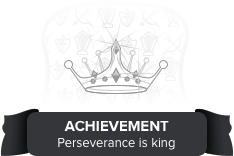
Finally, a community also needs to keep on building from its foundation. Malone & Crumlish (2009), who talk about social interfaces, suggest not to completely finish the design. Users should be able to “ finish ” some parts of the design as they use the interface. There is also a need for consistency between each version of the design, at least on some features. Not to repeat myself, but it is important to note that if a factor is present in one stage, it should continue to exist in the other stages.
Stay tuned, next week I will update this with a visual design of how this can be brought to life.

With all that said, now we can talk about visual design. I will spare some of the design decisions that were made (in order to keep it short) but the overall idea is to keep the Coveo brand while providing delightful details that will appeal to developers (which is the main focus of our community).

As we can see, the landing page presents the tagline (as said before, it is essential) with a clear sentence that further explains the purpose of the community. The logo took some care and we hid some details in order to make the interface more delightful (as you discover them). I see these as some kind of micro interactions that greatly add to the playful idea of the interface. It must feel great to be in there (bet you didn’t see the heart before).


When a user logs in, he is brought to his profile page, which is undoubtedly called “Home”. There, he has access to updates on various Coveo sites, as well as other features (such as social media, etc.).
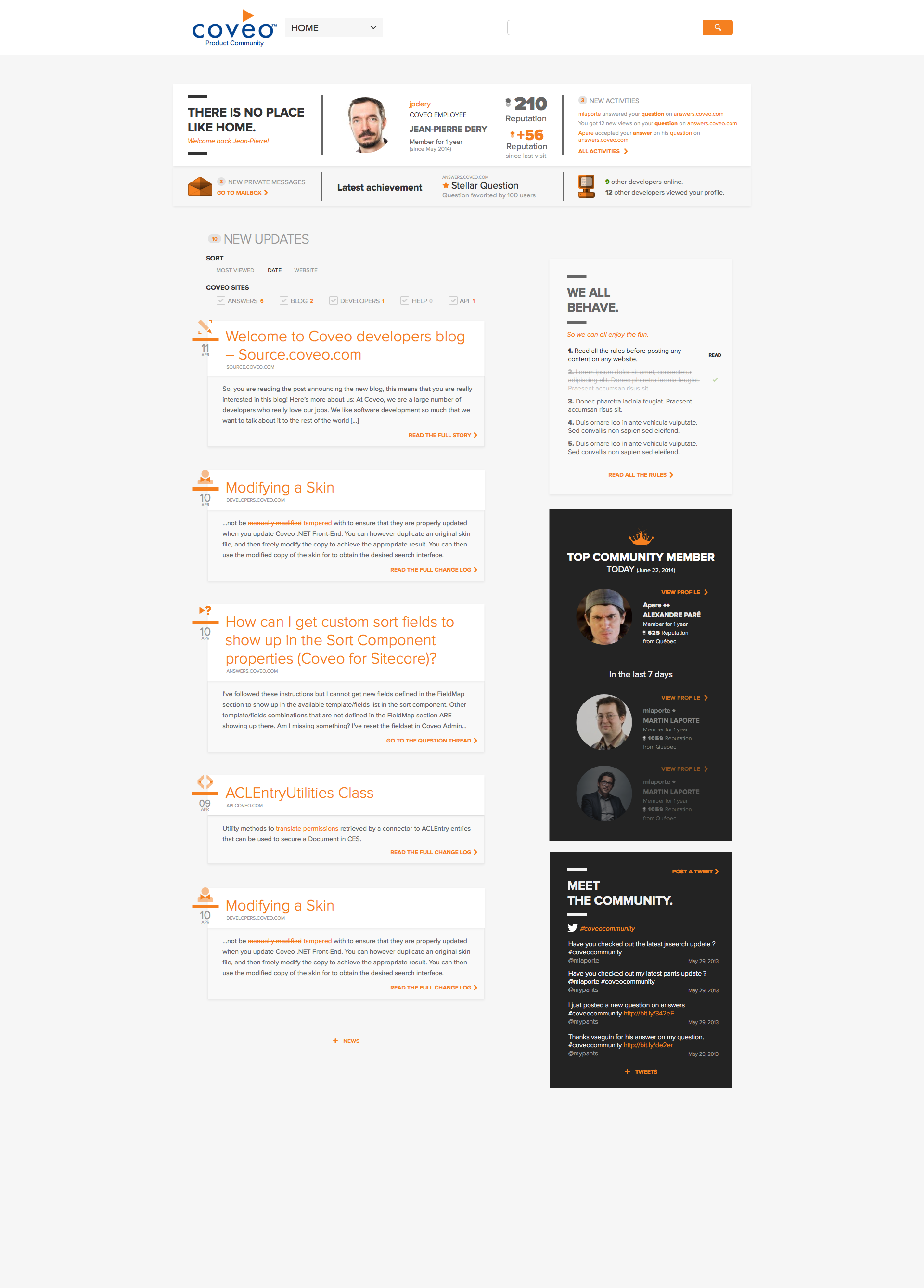
Finally, when a user goes to another user’s profile, he can see his achievements, tweets and other information such as his fellowships. The same idea of a guild except it would be automatically generated by the user’s activity on different sites. Users would then know more about each other and could share knowledge.
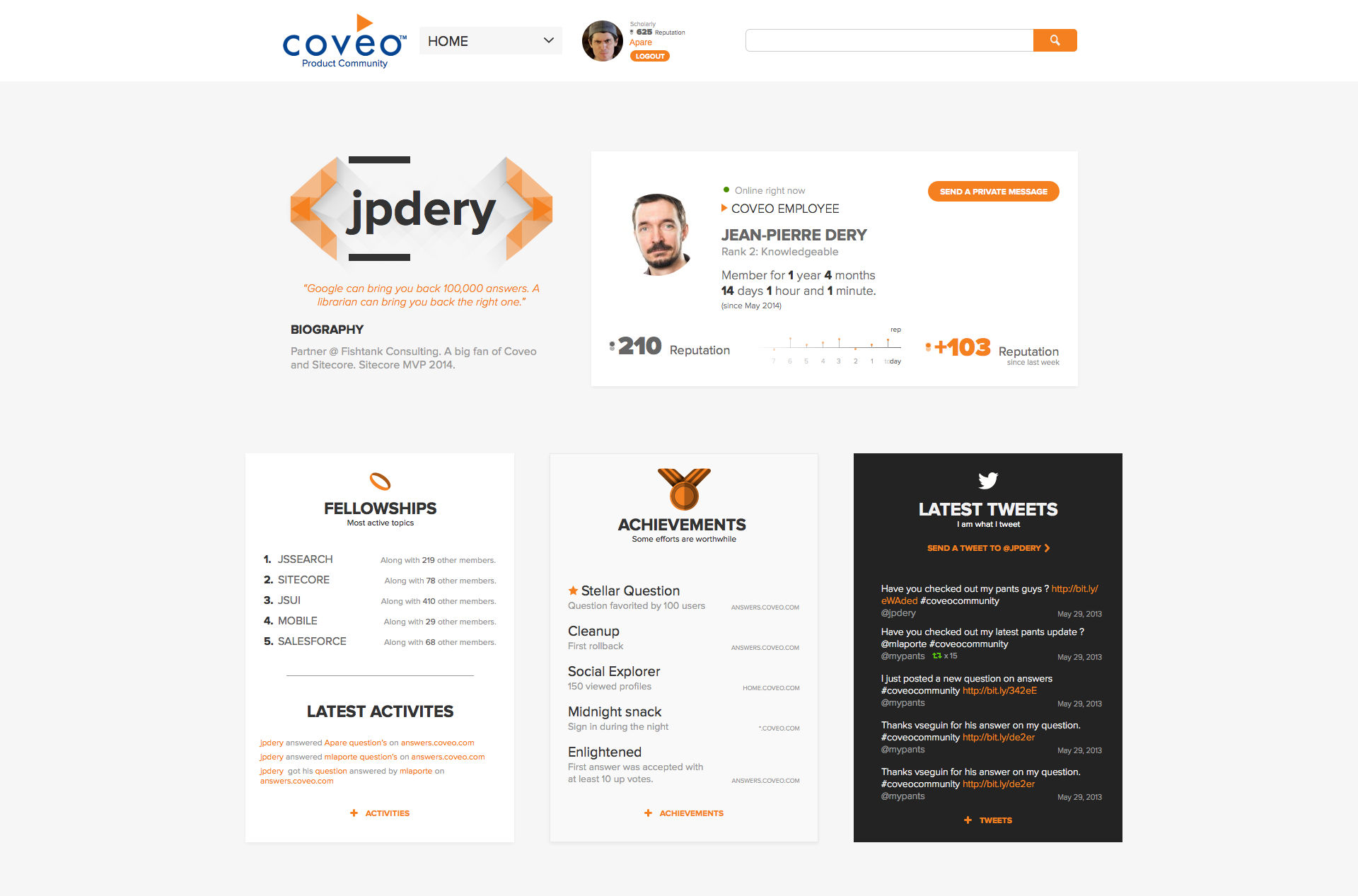
TO BE CONTINUED
It doesn’t stop there, there are many more explanations I could give on smaller features (private messaging, private information on profiles, etc.) but this post ends here.
SOURCE
CRUMLISH, C. & MALONE, E. (2009). Designing social interfaces: Principles, patterns, and practices for improving the user experience, O’Reilly Media, Inc., 518 p.
HAGEL, J. I. & ARMSTRONG, A. G. (1997). Net Gain: Expanding Markets through Virtual Communities., Harvard Business School Press, Boston, MA, 235 p.
IRIBERRI, A. & LEROY, G. (2009). « A life-cycle perspective on online community success. », ACM, Computing Surveys (CSUR), 41(2), p. 11-22.
RIDINGS, M. & GEFEN, D. (2004). « Virtual community attraction: Why people hang out online. », Journal of Computer‐Mediated Communication 10, 10 (1), p. 00-00.
